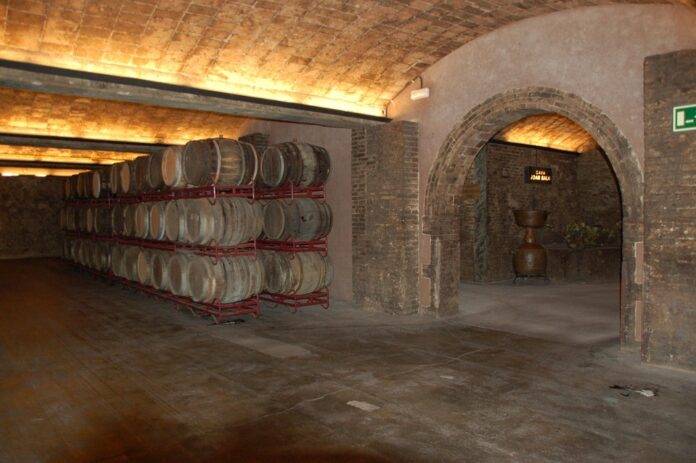Introduction
Tannat is a grape varietal known for producing bold, tannic red wines. While it originated in France, particularly in the region of Madiran, Tannat has found a new home in South America, particularly in countries like Uruguay and Argentina. In this report, we will explore how Tannat differs in style from France to South America, examining factors such as winemaking techniques, terroir, and consumer preferences.
French Tannat
Winemaking Techniques
In France, Tannat is traditionally made into powerful, full-bodied red wines with high tannins and deep color. The grapes are often fermented using traditional methods, such as open-top fermenters and punch-downs, to extract maximum flavor and structure from the skins. French Tannat wines are typically aged in oak barrels to soften the tannins and add complexity to the final product.
Terroir
The terroir of Madiran, where Tannat is most commonly grown in France, plays a significant role in shaping the style of the wine. The region’s clay-limestone soils and maritime climate contribute to the grape’s high acidity and tannic structure. These environmental factors give French Tannat wines a distinctive minerality and earthy character.
Consumer Preferences
In France, Tannat wines are appreciated for their bold flavors and aging potential. They are often paired with hearty dishes such as cassoulet or steak frites. French consumers tend to favor traditional winemaking techniques and a focus on terroir-driven wines, which has influenced the style of Tannat produced in the country.
South American Tannat
Winemaking Techniques
In South America, particularly in countries like Uruguay and Argentina, Tannat is made in a slightly different style compared to its French counterparts. Winemakers in these regions often use modern techniques such as micro-oxygenation and stainless steel fermentation to soften the tannins and highlight the fruit-forward characteristics of the grape. This results in more approachable and fruit-driven Tannat wines.
Terroir
The terroir of South America, with its diverse landscapes and climates, also influences the style of Tannat produced in the region. In Uruguay, for example, Tannat is grown in a cooler climate with sandy soils, which leads to wines with softer tannins and more pronounced fruit flavors. Argentine Tannat, on the other hand, is often grown in high-altitude vineyards, resulting in wines with bright acidity and floral notes.
Consumer Preferences
South American consumers tend to prefer Tannat wines that are more approachable and fruit-forward, in contrast to the bolder and more tannic French style. These wines are often enjoyed on their own or paired with a wide range of dishes, from grilled meats to spicy cuisine. The growing popularity of South American Tannat wines has led to increased production and export to international markets.
Industry Insights
South American Tannat wines have been gaining recognition in the global market, with increased demand from consumers looking for unique and bold red wines. According to industry data, the production of Tannat in South America has been steadily increasing over the past decade, with Uruguay and Argentina leading the way in terms of volume and quality.
Financial data from major wine producers in South America, such as Bodega Garzón in Uruguay and Bodega Catena Zapata in Argentina, show that Tannat has become a significant part of their portfolio. These companies have invested in modern winemaking techniques and sustainable practices to ensure the continued success of Tannat in the region.
In conclusion, while Tannat shares common characteristics regardless of where it is grown, the differences in winemaking techniques, terroir, and consumer preferences between France and South America have led to distinct styles of the wine. French Tannat is known for its boldness and structure, while South American Tannat is characterized by its fruit-forwardness and approachability. Both styles offer unique experiences for wine enthusiasts and showcase the diversity of this versatile grape varietal.




